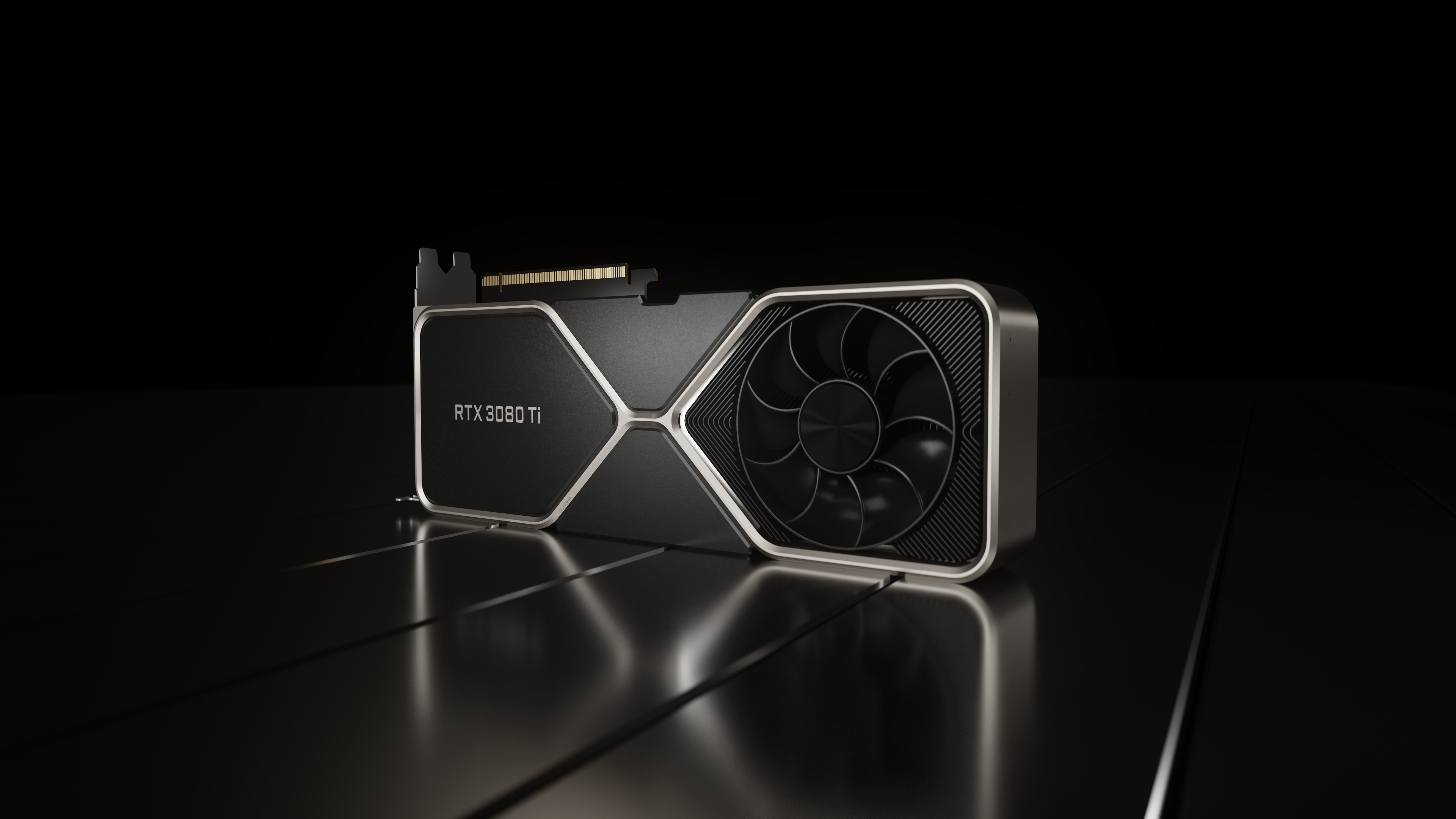Looks like the Nvidia RTX 3080 Ti 20GB could be real – but who’s going to buy it?
Long-rumored GPU makes another appearance

Despite launching the GeForce RTX 3080 Ti earlier this year with 12GB of GDDR6X VRAM, there were rumors swirling that Nvidia was also planning a version with more memory – and it seems those rumors just won’t stop, as there’s new evidence apparently confirming that a new version of the GPU is in the works.
The latest claims, which were spotted by Toms Hardware, come from a tweet from @momomo_us, which links to apparent BIOS information from the new card.
- Here's where to buy the Nvidia RTX 3080 Ti
- We pick the best gaming PCs
- These are the best Nvidia GPUs
VGA Bios Collection Gigabyte RTX 3080 Ti 20 GBhttps://t.co/OtdANZtDQJSeptember 8, 2021
According to this leak, which is unverified, there will be an RTX 3080 Ti made by Gigabyte with 20GB of GDDR6X memory, a memory clock of 1,188MHz, a GPU clock of 1,335MHz and a boost clock of 1,665 MHz.
However, while these initial specs will be pleasing to see for anyone who was hoping for a beefier RTX 3080 Ti variant, there are some specs in this alleged leak that have caused people to be a bit concerned.
Not all good news
For a start, while this new RTX 3080 Ti apparently has more GDDR6X memory than the existing 12GB version, it only uses a 320-bit memory bus, rather than the 384-bit interface with the existing RTX 3080 Ti.
As Tom’s Hardware points out, this would limit the memory bandwidth of the new version to 760 GBps, compared to the 912 GBps of the original RTX 3080 Ti.
This reduction in memory bandwidth would be a curious move, if true, as it could impact the performance of the new GPU, and negate some of the benefits having more memory would bring.
Get daily insight, inspiration and deals in your inbox
Sign up for breaking news, reviews, opinion, top tech deals, and more.
According to the BIOS leak, the RTX 3080 Ti 20GB would also have a power draw of around 420W, and a maximum limit of 450W.
That’s a big increase over the RTX 3080 Ti 12GB, which has a maximum power draw of 350W. This makes the new GPU – if it exists, of course – an incredibly power-hungry GPU, and could result in your PC being more expensive to run, and may even necessitate a buying new PSU.
More evidence, but who’s this GPU actually for?
The same Twitter account also linked to a YouTube video (below) which apparently shows a Russian cryptocurrency miner using a Gigabyte Nvidia RTX 3080 Ti 20GB GPU using the card. Again, this is all unverified, and more than a bit dubious, but it seems they were able to get a hash rate of 94.04 MH/s in Ethereum.
The existing RTX 3080 Ti, meanwhile, has a hash rate of around 55 to 65 MH/s, so that’s a big enough jump to make cryptocurrency miners snap up the new GPU if it gets released. Great.
An important thing to note is that the existing RTX 3080 Ti’s hash rates are so low because Nvidia implemented a hash rate limiter in an attempt to put off miners from bulk buying the GPU. It’s unclear if the new RTX 3080 Ti 20GB would have the same limiter.
If it doesn’t, and these specs and hash rates are accurate, then could the new RTX 3080 Ti – if it does exist – be aimed more at cryptocurrency miners than gamers?
This may seem like an odd move, but it could help make the existing RTX 3080 Ti more easily available to gamers.
These rumored specs, and the inevitable price bump, makes the RTX 3080 Ti 20GB less attractive to gamers, even if they could find stock. The bump isn’t huge over the existing RTX 3080 Ti, especially if the reduced memory bus size is accurate, and it’ll start bumping into RTX 3090 territory when it comes to price, and that GPU would be a better buy if you had the cash.
The existing RTX 3080 Ti is also one of the best GPUs in the world right now, so there’s not a lot of point going for the 20GB version for players gaming at 4K.
Add in the on-going chip shortage, and the fact that the RTX 3080 Ti 20GB could be snapped up by cryptocurrency miners, and it points to yet another GPU launch from Nvidia where no one can buy the damn thing.
- These are the best gaming laptops of 2021

Matt is TechRadar's Managing Editor for Core Tech, looking after computing and mobile technology. Having written for a number of publications such as PC Plus, PC Format, T3 and Linux Format, there's no aspect of technology that Matt isn't passionate about, especially computing and PC gaming. He’s personally reviewed and used most of the laptops in our best laptops guide - and since joining TechRadar in 2014, he's reviewed over 250 laptops and computing accessories personally.